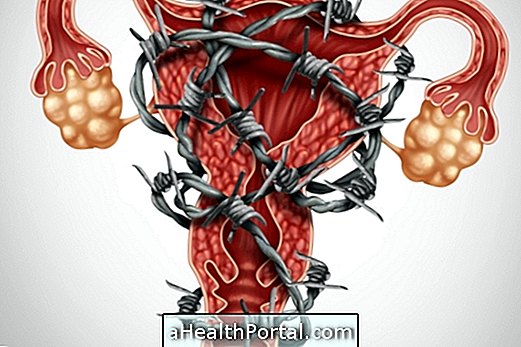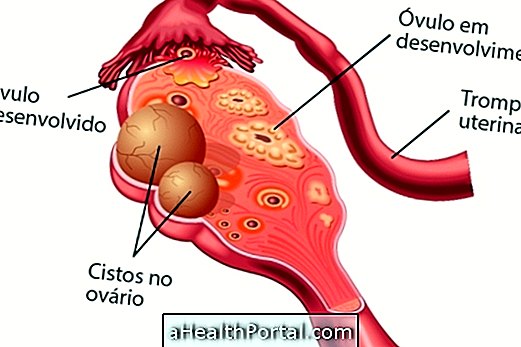Deep endometriosis is a serious disease because it is the most aggressive form of the disease, in which the endometrial tissue spreads over a wide area, being thicker than normal and causing the classic symptoms of endometriosis to be exacerbated.
In deep endometriosis, the growth of endometrial tissue occurs in large amounts outside the uterus, in places such as the intestines, ovaries, fallopian tubes or bladder, causing progressive pelvic pain during menstruation.

Symptoms of deep endometriosis
In addition to pelvic pain, women with deep endometriosis may also experience the following symptoms:
- Intense menstrual cramps;
- Menstruation abundant;
- Pain during or after intercourse;
- Difficulty in urinating;
- Pain in the back;
- Anal bleeding at the time of menstruation.
In addition to these symptoms, deep endometriosis can also make pregnancy difficult. See the implications of endometriosis in pregnancy.
Diagnosis of deep endometriosis
The diagnosis of deep endometriosis is based on the symptoms of the disease and the conduct of diagnostic tests.
Laparoscopy and transvaginal ultrasonography are the tests that most easily detect the disease, but even they can not see changes in the tissue rapidly and other tests such as pelvic magnetic resonance may be necessary.
Treatment for deep endometriosis
Treatment for deep endometriosis can be done by taking pills to anticipate menopause, or taking analgesics and anti-inflammatories such as ibuprofen and naproxen, to relieve pain, especially during menstruation.
In some cases, the doctor may recommend performing a surgery, which in most cases is the only truly effective form of treatment for removal of endometrial tissue. Learn about surgery for endometriosis.

























